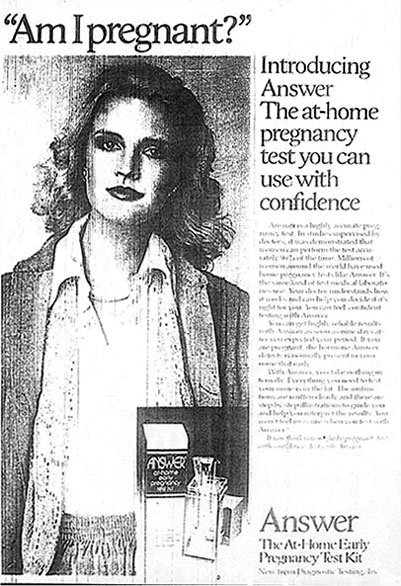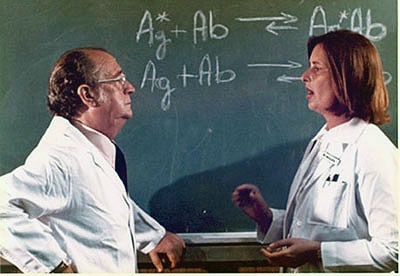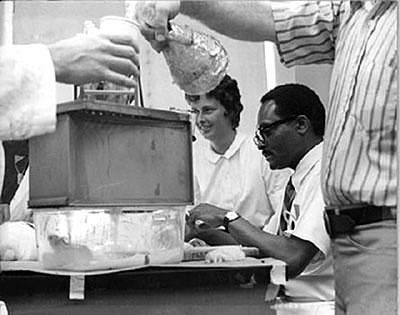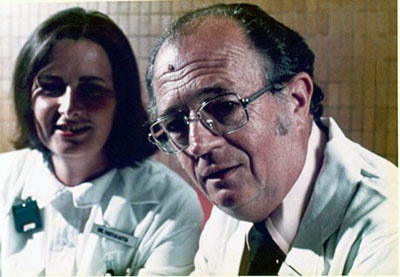...
| Div | ||||||||||
|---|---|---|---|---|---|---|---|---|---|---|
| ||||||||||
|
...
JV: It was Building 10, 10B09. It was in a small laboratory, and for periods of months, there would be about 10 of us working in that space. I used to get over there about six o’clock in the morning and not leave till eleven o’clock at night. There were quite a few that worked long hours. The second or third year I was here, I think I published 28 papers in one year. They weren’t piddling kinds of things. I mean, there were so many things that one could do if you decided to think it through to understand what in the world’s going on. It was the way research should be.
| Div | ||||||||||
|---|---|---|---|---|---|---|---|---|---|---|
| ||||||||||
|
...
JV: It was critical for [NICHD’s] John Robbins to be involved with this because he had the immunology background. Actually, we tried two doses of immunogen [to make the antibody], 10 and 50 micrograms, and so the animal that had the first dose of 50 micrograms of immunogen was labeled SB6, since it was the sixth rabbit. There were five rabbits immunized with 10 micrograms, and we were told they would never make antibody at 10. I said, “Let’s see.” We went down subsequently to 2 and showed it would respond at that, too. So the first animal that was immunized with 50 micrograms, SB6, became the classic antiserum that had the best relative specificity that was used for years, and we provided it all over the place.
| Div | ||||||||||
|---|---|---|---|---|---|---|---|---|---|---|
| ||||||||||
|
...
JV: We were doing studies on follicle-stimulating hormone [FSH]. It was like hCG but it has a different biologic effect. We wanted to study the biologic effect of FSH, so we contacted a retirement home for nuns and arranged with the nuns to collect their urine and put it in these big plastic containers. [We would] go over there once a month with somebody who was strong enough to lift these bottles. I would say probably each plastic container held probably about 15 gallons of urine. We would take it back and then process it to isolate the FSH from it, [and] then use that to study what the effect of sialic acid was on hormone action. It was unbelievable, but we got a lot of stuff done with that. I would never want to do it again!
| Div | ||||||||||
|---|---|---|---|---|---|---|---|---|---|---|
| ||||||||||
|
...





